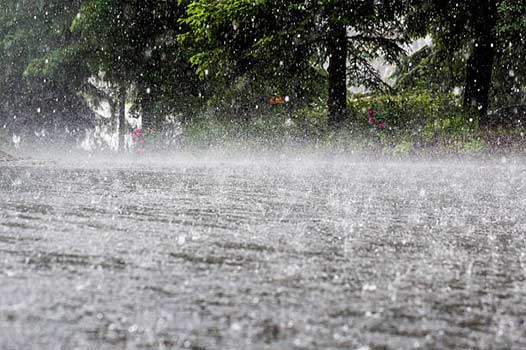Preparing Your Home for the Next Big Rainstorm
As a homeowner, it is crucial to ensure that your property is well-prepared for extreme weather conditions. One natural phenomenon that often requires thoughtful preparation is a heavy rainstorm. In recent years, the frequency and intensity of rainstorms have been on the rise, making it even more important to safeguard your home against potential damage. Here we will guide you through the necessary steps to ensure that your home is ready for the next big rainstorm.
The Importance of Storm Preparedness
Before we delve into the specific measures you can take to protect your home from a rainstorm, let us first understand why storm preparedness is crucial. Rainstorms are often accompanied by strong winds, hail, lightning, and heavy rainfall. These factors combined can pose a significant risk to your property if not properly addressed.
By preparing your home for a rainstorm, you can:
- Reduce the likelihood of water damage
- Prevent basement flooding
- Minimize the risk of roof leaks
- Protect your home’s foundation
- Ensure the safety of your family
Assessing Your Gutters and Downspouts
Gutters and downspouts play a critical role in diverting water away from your home’s foundation. Before the next rainstorm hits, it is important to thoroughly inspect these components and address any potential issues.
Here are a few steps you can take:
- Clean your gutters and remove any debris
- Check for leaks, holes, or rusty areas
- Ensure that your downspouts are properly connected and extended away from the foundation
- Consider installing gutter guards to prevent clogging
Protecting Your Windows and Doors
Windows and doors are vulnerable areas during a rainstorm. Water infiltration through gaps or cracks can lead to water damage, mold growth, and even structural issues. It is crucial to identify and address any potential weaknesses.
Follow these tips to protect your windows and doors:
- Inspect caulking and weatherstripping and replace any worn-out or damaged seals
- Apply waterproofing sealant around windows and doors to prevent water infiltration
- Consider installing storm shutters or impact-resistant windows
Securing Your Roof
Your roof is one of the most critical components of your home’s defense against rainstorms. A damaged or compromised roof can lead to significant water damage and even compromise the structural integrity of your house. Regular maintenance and inspections are essential to ensure the resilience of your roof.
Take the following steps to secure your roof:
- Check for loose or missing shingles and have them replaced
- Inspect the flashing around chimneys, vents, and skylights and repair any damage
- Clear any debris from the roof, including leaves and branches
- Consider applying a waterproof coating to extend the lifespan of your roof
Waterproofing Your Basement
Basement flooding is a common issue during a rainstorm, and it can result in costly damage and the growth of mold and mildew. Taking proactive measures to waterproof your basement will help minimize the risk and severity of flooding.
Here are some steps you can take:
- Inspect the foundation for cracks and seal them using hydraulic cement or epoxy
- Ensure that your downspouts are properly extended away from the foundation
- Consider installing a sump pump to remove excess water
- Apply a waterproof sealant or paint to the interior walls of your basement
Emergency Preparedness
In addition to fortifying your home against rainstorm damage, it is essential to be prepared for emergencies. Extreme rainstorms can sometimes lead to power outages or localized flooding. Equipping yourself with essential supplies and having a plan in place will help you navigate these situations more effectively.
Consider the following:
- Prepare an emergency kit with items such as flashlights, batteries, non-perishable food, and water
- Create a family emergency plan, including a communication strategy
- Keep important documents and valuables in a waterproof and easily accessible container
- Stay informed about weather updates and evacuation procedures
In Summary
Ensuring that your home is prepared for the next big rainstorm is a vital responsibility as a homeowner. By taking the necessary precautions to safeguard your gutters, windows, doors, roof, and basement, you can mitigate the risk of flood damage and keep your family safe. Remember to perform regular inspections, address any issues promptly, and stay prepared for emergencies. By doing so, you can face rainstorms with confidence, knowing that your home is ready to weather any storm.


